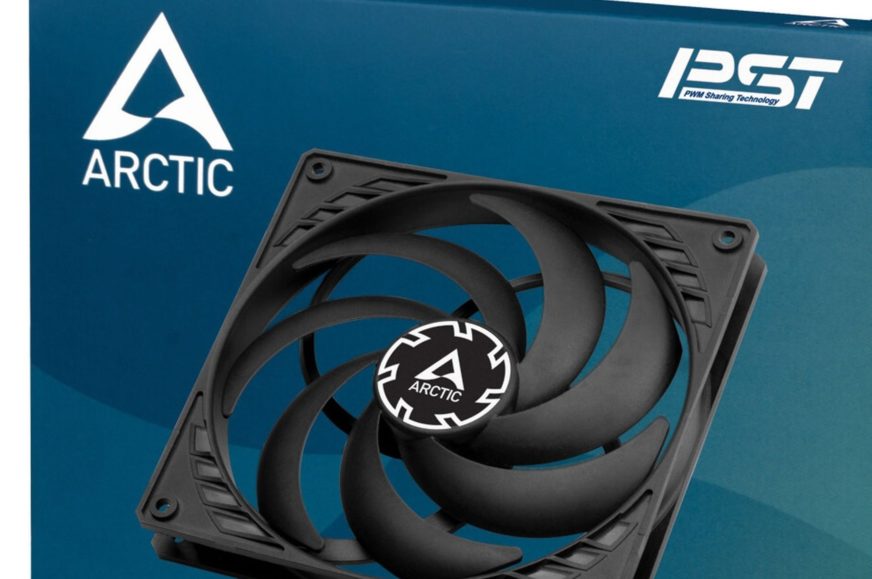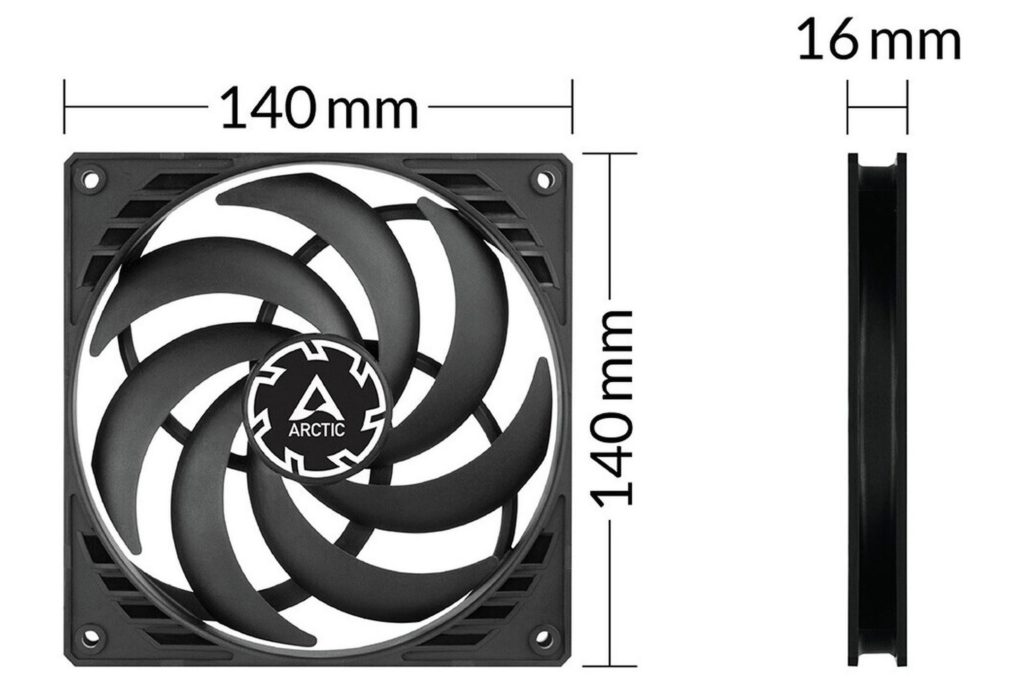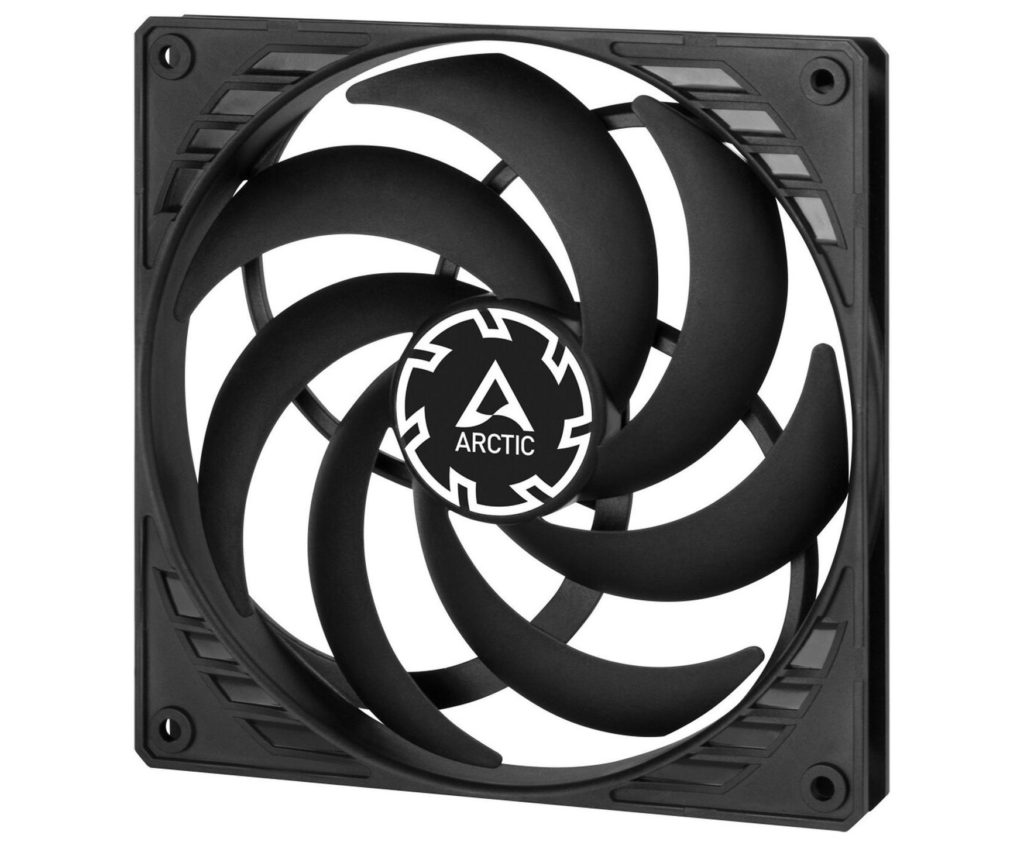Arctic P14 Slim PWM PST
As the cross section of fans increases, the thickness usually grows. For cases where the opposite is desired, i.e. a large yet thin fan, Arctic has “squeezed” the P14 down to 16mm. This is one of the few fans with such proportions and this one has ambitions to be a cut above the rest of the range. Compared to the one number smaller P12 Slim model, the increase in airflow at the same noise level should be almost 24 %.
How many 140 mm fans do you have on record that are under 25 mm thick? Compared to 120 mm, there are significantly fewer, which is naturally determined by less demand. Still, there are some options, which include the Cryorig XT140 and now the current Arctic P14 Slim with a 16 mm profile.
Compared to the standard thickness P14, the number of blades has been increased from five to seven. Although they are significantly slimmer, they retain the same angle of inclination. It is still intended to be a universal fan suitable for both the case as a system fan, as well as for radiators of liquid coolers or possibly for heatsinks of dual-tower CPU coolers. On these, a slimmer fan can improve compatibility with memory modules, in combination with a low-profile radiator, in turn, in some cases, it will allow installation above the motherboard, and such slim fans will find application in low/narrow case designs.
The new P14 Slim PWM PST is designed to achieve airflow of 88.35 m3/h at equal noise levels. That is, if we stick to the official specs, pretty much on par with a standard thickness P12. Compared to the thicker but less efficient 120 mm fans, the P14 Slim will have the upper hand. That lowering the profile doesn’t have to mean a dramatic reduction in airflow and low efficiency, we already discussed in the Alphacool SL-15 PWM tests.
The speed range of the P14 Slim PWM PST is 150–1800 rpm with the fan going into passive mode at 5 % PWM intensity. This is typically useful in idle mode, when the whole system power draw is very low, when even the radiator has sufficient cooling capacity without active cooling. The bearings are fluid dynamic (FDB), the mean time between failure (MTBF) is traditionally not quoted by Arctic and the manufacturer’s warranty is six years. The Arctic P14 Slim PWM PST is already appearing in some stores, with prices starting at 8 euros.
English translation and edit by Jozef Dudáš
- Contents
- Arctic P14 Slim PWM PST













